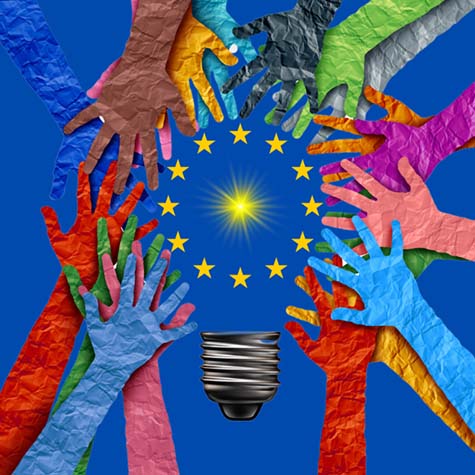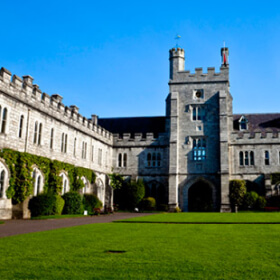This paper looks at how the European Union is conceived by a group of young people in the Republic of Ireland (ROI). Freehand drawings, by a newly enfranchised cohort of university students, are used as conceptual artefacts for analysis. The study finds that the EU is still primarily viewed through an economic prism. Participants only marginally relay core areas of EU activity, such as environmental or social policy, or notable achievements, such as peace among member states. Representative and participative aspects of EU citizenship are not prevalent for this cohort, despite data collection taking place in proximity to the European Parliament elections in 2019. The use of freehand drawings as conceptual artefacts is novel in political science and European studies. It facilitates the relay of multiple strands of conception, while minimising the researcher's framing of data collection. The findings here underline the significance of symbols for the development and expression of political understanding. Participants deployed visual devices and metaphors in their portrayal of Brexit, political associations, and geopolitics. The impact of geopolitics on the EU conception is particularly evident in the depiction of Brexit and migration.
Read more






